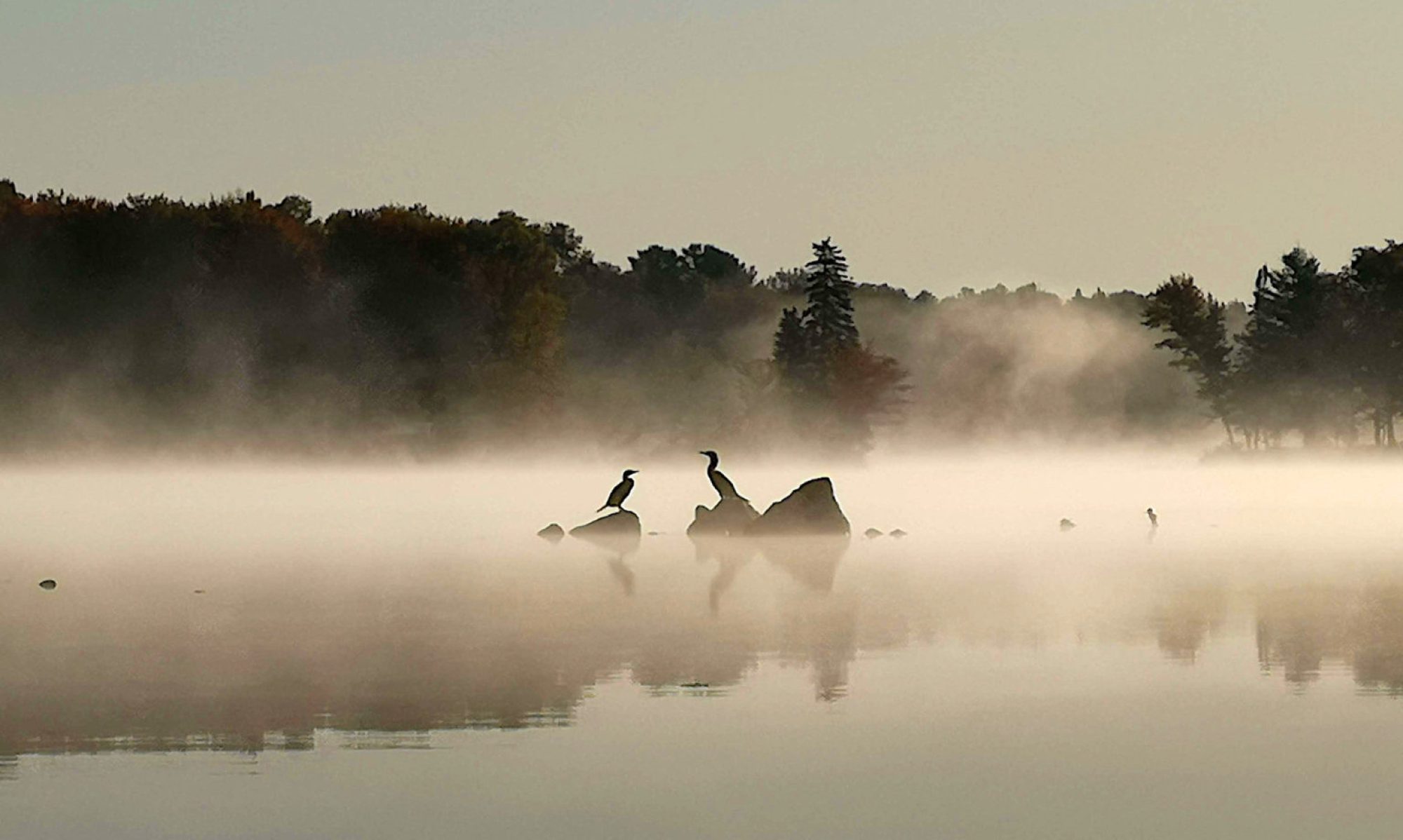
Three years ago, a House of Representatives subcommittee on antitrust released a four-hundred-plus page report that detailed the allegedly anti-competitive practices of the four major digital platforms—Google, Amazon, Apple, and Meta (then known as Facebook)—and called on the Department of Justice to take action. A few weeks later, the government did exactly that, filing a landmark antitrust lawsuit against Google in which it alleged that the company engaged in various anti-competitive practices, including a multibillion-dollar deal that made Google the default search engine on Apple phones. As I wrote for CJR at the time, some observers saw the suit as an attempt by William Barr, then the attorney general, to make the Trump administration look tough on tech; others saw it as correcting what many believed to be the antitrust failures of the past two decades. But many analysts also foresaw a legal quagmire, arguing that the case was likely to be substantially weaker than the federal government’s landmark antitrust action that put the brakes on Microsoft in 1998.
The Justice Department continued to build its case against Google under the Biden administration, and last month, the case arrived in court. According to the suit, Google—which has a market value of almost two trillion dollars—controls more than 90 percent of the online search market. (Its dominance of the search advertising market is the subject of a separate lawsuit that has yet to reach trial.) The Justice Department intends to prove that Google has abused this search monopoly in order to harm its competitors, and that the company has maintained the monopoly through illegal means. (For more details of the arguments, read my newsletter previewing the case just as it was getting underway.)
Observers have compared the Google lawsuit and the 1998 case against Microsoft on various substantive grounds. But legal experts have pointed to one striking difference between the two: whereas the Microsoft trial—including video testimony and other documents—was open to the public, the Google trial has been shrouded in a high level of secrecy. As Caitlin Vogus described it for the Freedom of the Press Foundation, a nonprofit advocacy group, Amit Mehta, the judge hearing the Google case, has already imposed measures limiting transparency—including the sealing of documents and testimony, asking the Justice Department to remove exhibits that were presented in court from the public internet, and the refusal to provide the kind of audio broadcast used in the Microsoft trial.
Note: This was originally published as the daily newsletter at the Columbia Journalism Review, where I am the chief digital writer
Continue reading “Google trial shrouded in secrecy as Amazon gets its own antitrust case”



















